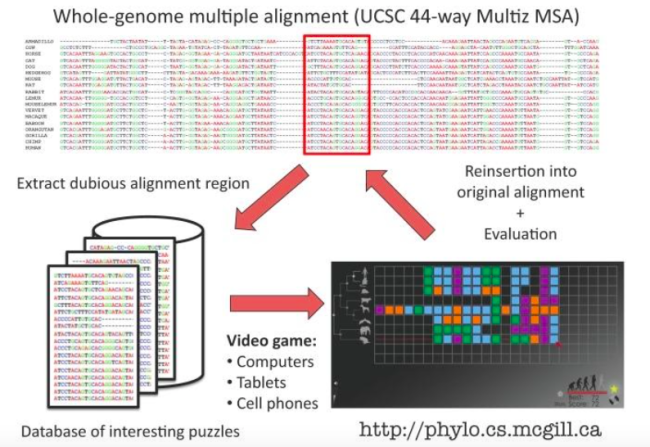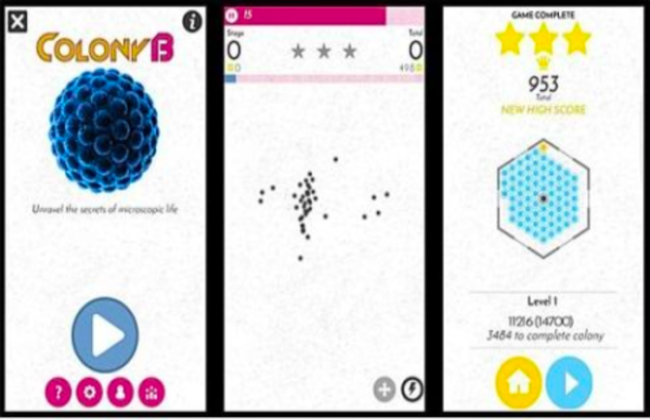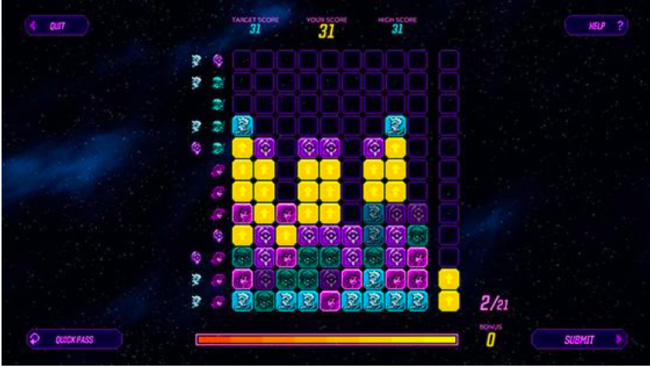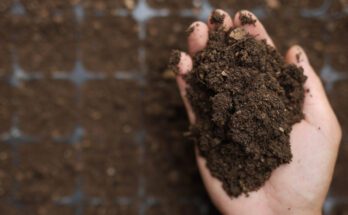Citizen Science Salon is a partnership between Discover magazine and SciStarter.org.
In today’s world, computers both big and small are generating vast volumes of data in record time. From your smartphone and watch to supercomputers the size of a house, millions of trillions of bytes get generated every day. In fact, it’s so much information that researchers can’t properly analyze all the data produced. This information overload can also lead computers to make mistakes. And that’s why researchers are increasingly turning to citizen scientists to help them make sense of data when computers can’t.
One increasingly common way to address the problem is by enlisting volunteers to play simple citizen science video games. Through citizen science, researchers engage the public in gathering and analyzing scientific data. But in recent years, researchers have started adding a gaming element to their citizen science projects to increase the public’s interest in getting involved. By gamifying their efforts, scientists can keep volunteers engaged and having fun as they work.

Phylo lets people help correct errors in an alignment of sequences. (Credit: National Center for Biotechnology Information)
Help Align DNA Sequences
That’s why researchers at McGill University in Montreal created a citizen science game called Phylo in 2010 to solve inconsistencies in computer analysis. In this game, individuals compare DNA sequences from 44 vertebrate species to find the faults of a computer program typically used to align DNA sequences.
Deoxyribonucleic acid (DNA) is a molecule that contains information to create all the molecules needed for a living body to function. Yet DNA is a long molecule, which makes it difficult to find areas of similarity between organisms, so scientists usually turn to a sequence alignment program for help. However, the program can create inconsistencies in the sequence alignments that can only be resolved by humans looking over the data.
Take Part: Join Phylo and Help Scientists Compare DNA Sequences
Computer scientist Jerome Waldispuhl says that he and his team realized that aligning DNA sequences is a difficult task for a computer to do alone. And beyond the clear need for human help, Waldispuhl believed that gamifying citizen science projects would “empower the people by showing them that they are capable of doing things that they [thought] weren’t possible.”
So, in 2009, when Waldispuhl became a faculty member at McGill University, he got to work on Phylo. The game launched in November 2010 to great success. Since then, more than 350,000 people have participated in Phylo and found around 1.5 million solutions. Now, a decade later, Phylo is still active but it is gradually becoming more of an educational tool, Waldispuhl says.
In the game, participants line up sequences of shapes that are different colors. By manually aligning the sequences, participants can fix errors that the computer program may have made. Through correcting the errors, participants aid in comparing genomic sequences of different vertebrate species, discovering evolutionary relationships between organisms, and understanding how genes function together.

Colony B can be played on a mobile device and offers a leisurely way to contribute to scientific research. (Credit: Citizen Science Games)
Understanding the Human Gut
Similar to Phylo, Colony B also began as a solution to a machine learning problem. In this case, the problem was clustering — or the grouping of data points into distinct, meaningful categories. No specific method can use a machine to predict when and why clustering occurs, so human help is needed.
Colony B was developed by the same McGill University researchers who created Phylo, but this time in collaboration with two other citizen science efforts: the American Gut Project from the University of California San Diego, and Massive Multiplayer Online Science, a platform connecting science and gaming.
In the game, players circle clusters of bacteria. The faster they do this, the more points they get. Each particle in a cluster represents one person’s gut microbiome data. Clustering lets researchers group people with similar gut microbiome data together. The microbes in our gut microbiomes are influenced by our habits and health. Researchers hope they can use clustering to discover which specific habits lead to certain microbes causing health problems.
While researchers were developing Colony B, people from all over the world sent their stool samples to UCSD for analysis. From the samples, the researchers identified all the various microbes present in the human gut. Then, they created Colony B, so citizen scientists could group similar microbes together through clustering.
Through this online game, researchers hope to gain a better understanding of how lifestyle choices affect our health through the microbiome.

Borderlands Science lets people contribute to research on the human gut microbiome by solving puzzles. (Credit: Gearbox and Borderlands)
Aid in Microbiome Research
Borderlands Science is a slightly different citizen science gaming project. It’s not as obvious that players are aiding scientists as they collect weapons and shoot their enemies. But the game was created to harvest data for scientists to analyze. However, unlike other citizen science games, Borderlands Science exists inside the already existing popular video game franchise, Borderlands.
Attila Szantner, Waldispuhl’s research partner and the founder of Massive Multiplayer Online Science, started working with citizen science around five years ago. “We came up with the idea to take citizen science microtasks and integrate them with the already existing video games as a seamless gaming experience,” Szantner says.
Take Part: Join Borderlands Science to Help Advance Microbiome Science
People love to chip in and help research, but they find that many citizen science tasks are boring and repetitive, Szantner says. His solution? Adding entertaining aspects of gaming. “We managed to put the layer of, sort of, game design magic on it,” Szantner says. “And that makes us carry out this stuff voluntarily, happily and tirelessly.”
It took five years of work before the team could launch their citizen science project within the Borderlands 3 game, but all their hard work paid off. When Borderlands 3 was released in 2019, it sold five million copies within the first five days of its release and eight million by the end of that year.
“We managed to set up a really interesting unique project, a very enjoyable mini-game inside the Borderlands universe, ” he says.
Borderlands centers on the discovery of a new planet called Pandora. The world is rich in minerals, and corporations send colony ships with people to harvest it. However, once people arrive they find that there is very little value, and most corporations lose interest. But soon, some people find alien artifacts with clues that lead them to mythical vaults with treasures. Players can play the game as “Vault Hunters” and complete quests that let them explore Pandora and gain in-game currency.
Similar to Colony B, scientists sequenced DNA from human stool samples to create this game. The DNA sequences were then broken down into a puzzle that can be solved by gamers.
Within the Borderlands 3 universe, players can explore “Doctor Tannis’ infirmary” and find a Borderlands Science arcade game. Then, they organize different tiles in the mini-game into their correct rows based on color. By completing a level, they find matches in DNA sequences from the gut microbiome.
It seems like simple fun, but players are actually providing data about the human microbiome and helping researchers understand what factors affect the gut and lead to specific health conditions.
All three of these projects give people a leisurely way to contribute to science. With these citizen science games, volunteers can contribute to science in meaningful and impactful ways while having fun.


